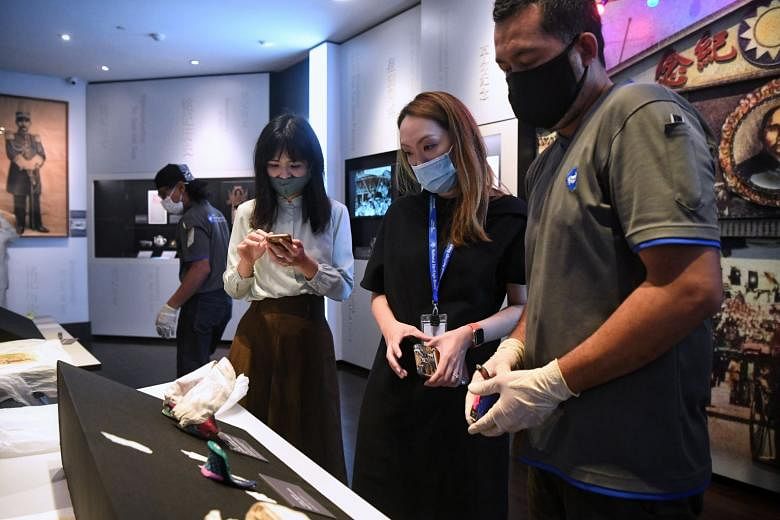SINGAPORE - As early as 1912, in the wake of the 1911 revolution that overthrew the last imperial dynasty in China, the Singapore Chinese community was already importing items that commemorated the event.
A tea set and bowl used by a family here in 1912 was recently acquired by the Sun Yat Sen Nanyang Memorial Hall in Balestier, and are among 13 new items on display from Tuesday (Jan 19) at the museum's recurated gallery three.
The crockery, bearing hand-drawn emblems of the new Republic of China, is one of the earliest artefacts showing the intimate link between the Chinese community here and modern China in its nascent years.
Production has been traced to Chaozhou, a city in China, during the first anniversary of the 1911 revolution, hinting at how the uprising - and its objects - made its way across the seas to this corner of South-east Asia.
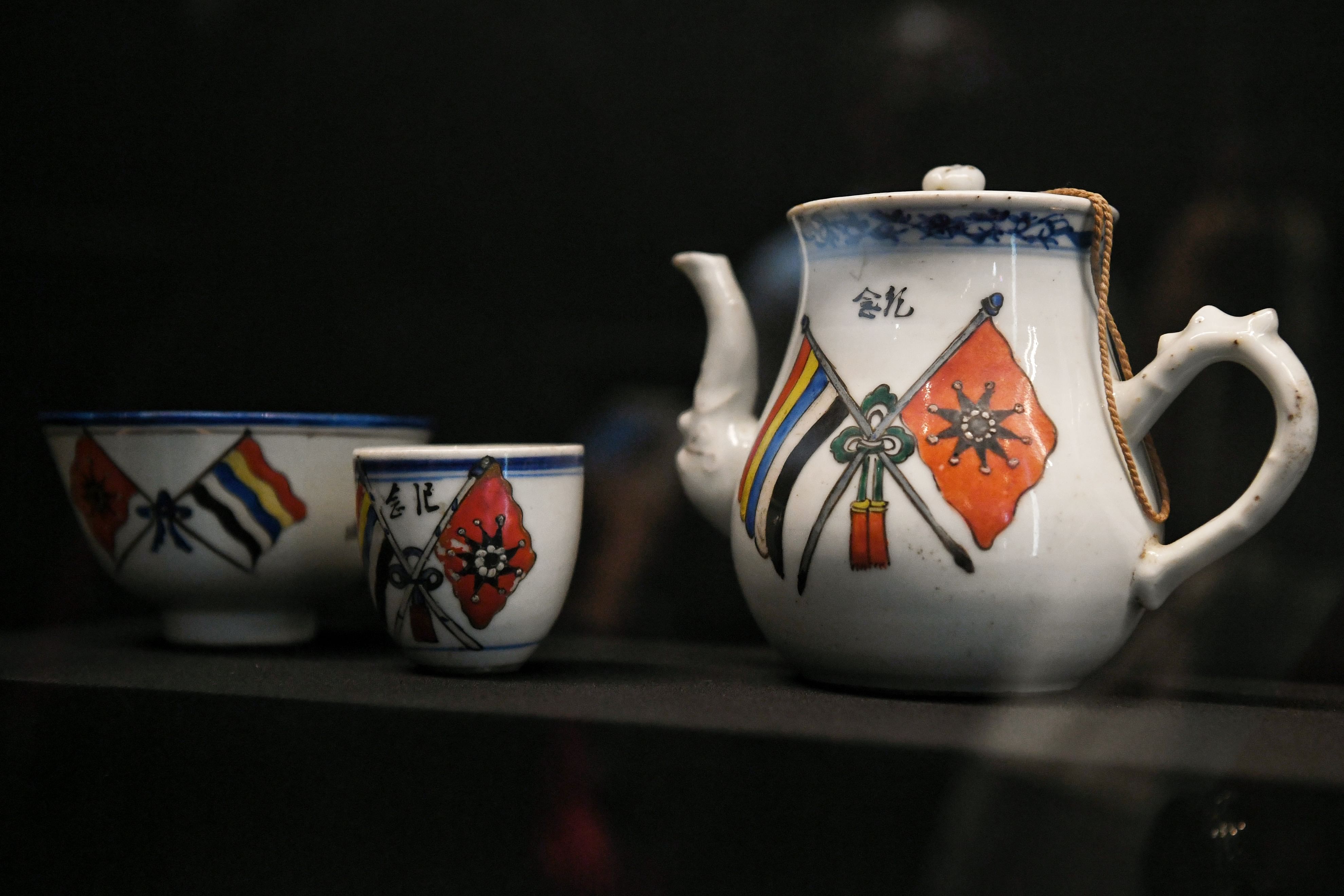
The 13 artefacts were procured over the past year by the museum from Singapore's national collection and private collectors.
They speak of a time before education and nation-building efforts cemented a national identity for Singaporeans, during which clan associations still swore allegiance to Dr Sun Yat Sen - venerated as father of the Chinese nation - and New Year greeting cards bearing Dr Sun's idea of "Bo Ai", or universal love, were still circulated among loved ones.
The Sun Yat Sen Memorial Hall has regular revamps every three to five years to keep its materials fresh and to attract visitors. Its last reconfiguration was of gallery four, its biggest gallery, and was completed just last year.
Mr Winston Lim, general manager of the museum, hopes people will take time out to explore what remains a relatively ignored aspect of Singapore's history - even if the artefacts will make a more muted debut against the backdrop of the pandemic.
He told The Straits Times during a tour of the premises last week: "The memorial hall looks at that historically significant year, 1911, and shows how Singapore played a role.
"These are not artefacts in China but in Singapore; some were used on a daily basis. They show the mentality of the community and flesh out their day-to-day living."
The memorial hall, opened in 1940, has had a constant message throughout the decades: that people in Singapore played a part in this turbulent episode of China's history, and that the Chinese forging a new path in Singapore were not cut off from those in China despite the geographical distance.
A black-and-white clip from the 2001 documentary Riding The Tiger, also among the new media on show, shows footage of more than 100,000 Chinese in Singapore on the streets celebrating Double Tenth Day - the Republic of China's National Day, Oct 10 - and the victory of China and its allies in World War II in 1945.
A commemorative badge circulated in pre-World War II Singapore and Malaya, featuring an image of Dr Sun on the front and a roaring lion at the back, reveals how local Chinese identities were a composite of their two homelands.
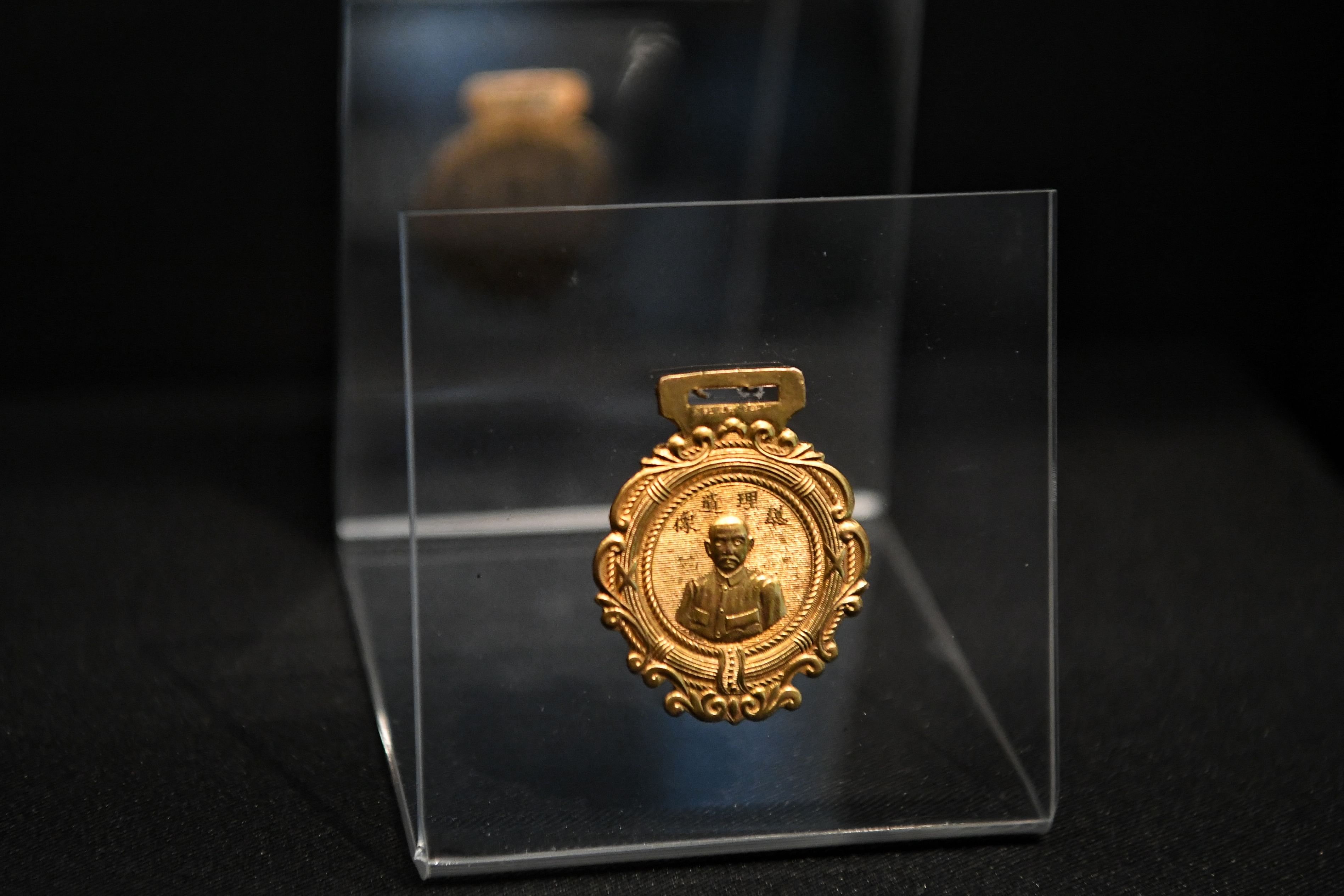
Mr Lim said the Sun Yat Sen Memorial Hall captures the zeitgeist of a whole generation of Singaporean Chinese and remains relevant.
"I personally respect Dr Sun for his perseverance (after 10 failed revolutions). It exhibits his generation of Chinese's desire for change amid dissatisfaction to improve their lives," he said.
"Singaporeans can come here to experience that spirit."
To Sun Yat Sen, crows were not a bad omen
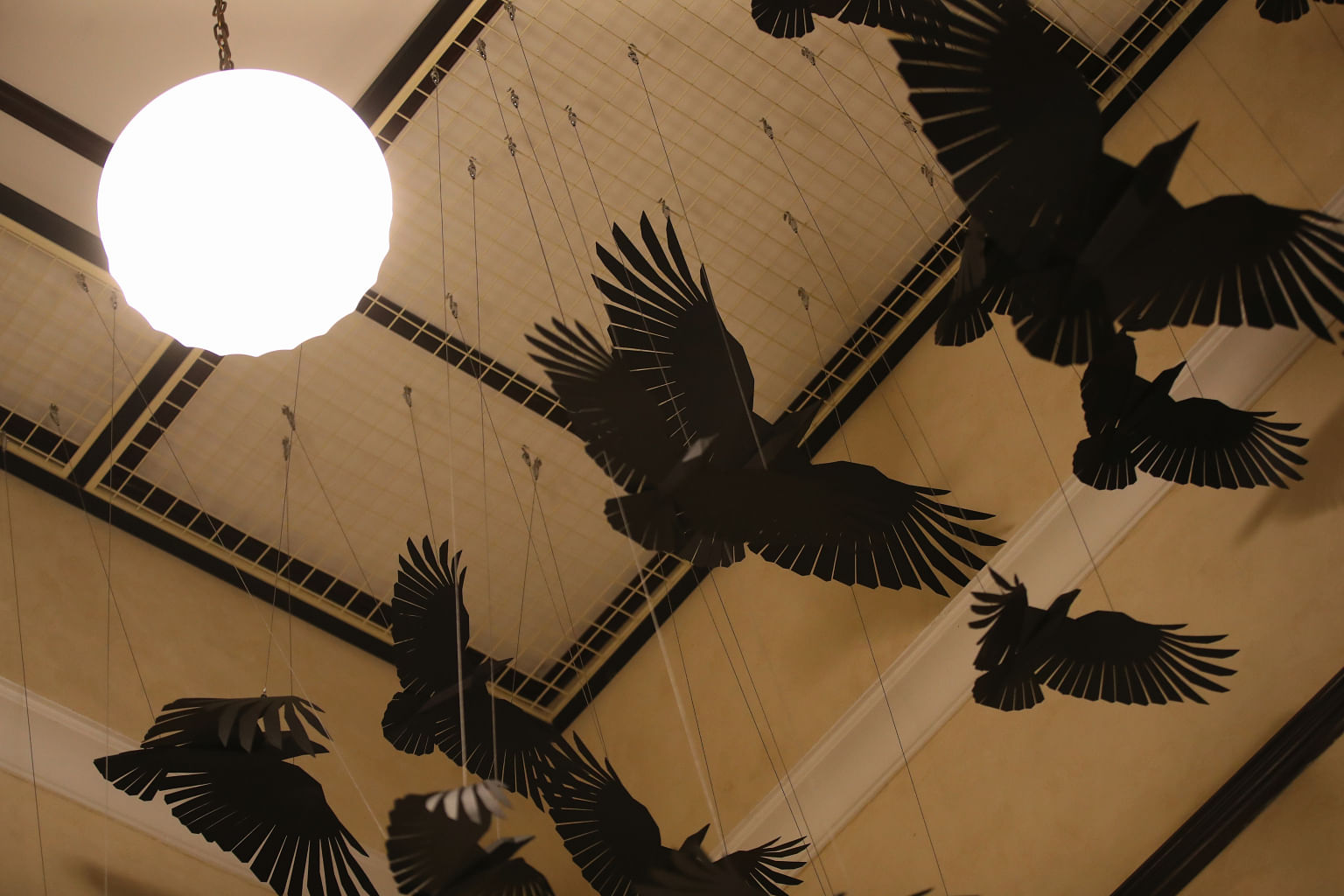
An installation of 40 crows leads from the first to second storey of the building.
It references a story of 100 crows flying into the building a day after Dr Sun Yat Sen set up the Tongmenghui, or the Chinese Revolutionary Alliance, which sought the support of Chinese communities worldwide to overthrow the emperor.
Refuting suggestions that the crows augured misfortune for the society, Dr Sun, a medical doctor, pointed to the torrential rain outside and the crows' need for shelter.
Memorialising how Dr Sun was rational and not superstitious, the installation represents his ability to lead men from darkness into light.
A time when women's feet were bound
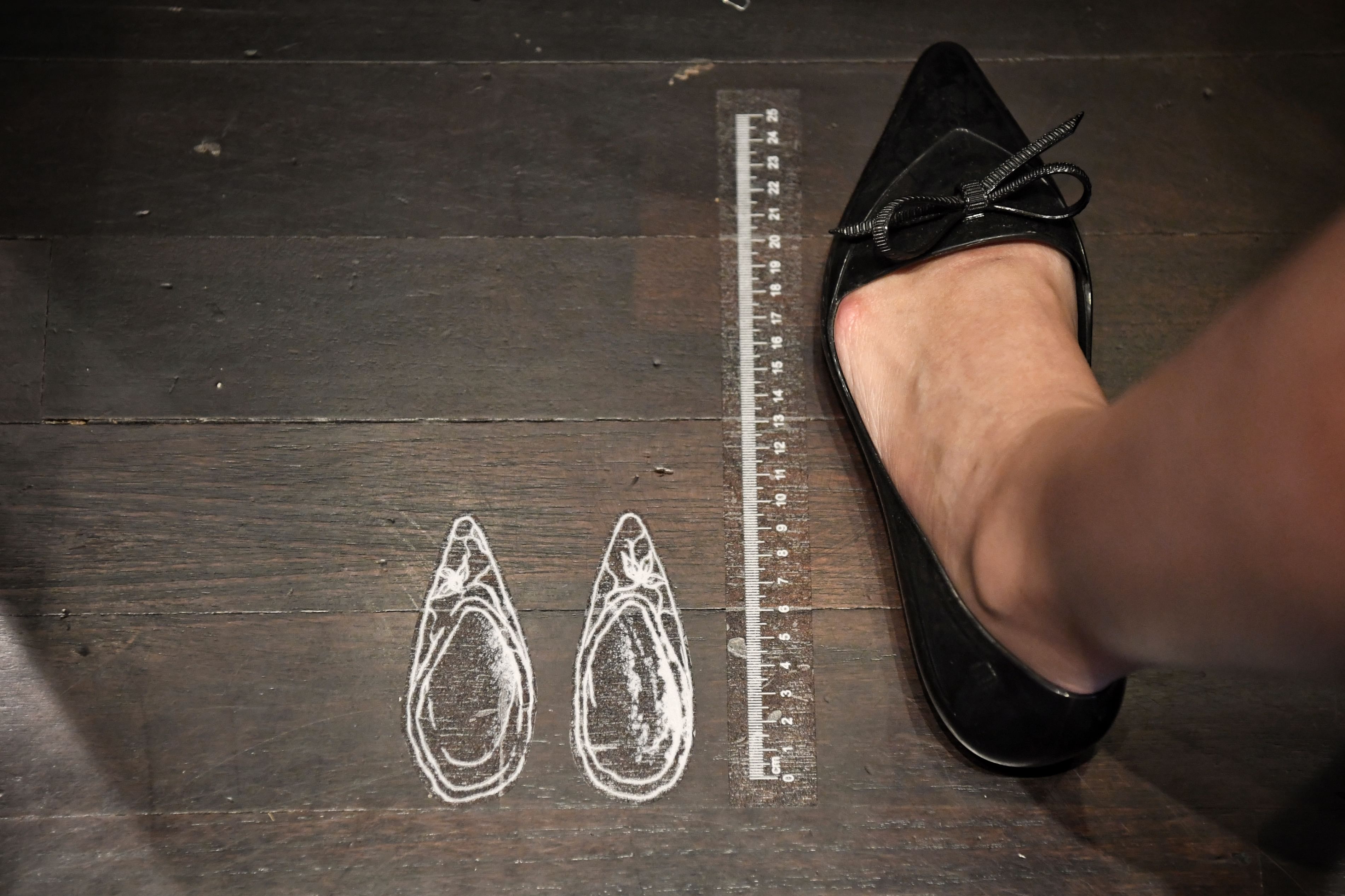
A new interactive element shows just how small the ideal Chinese woman's feet were at a time when foot-binding reflected a family's virtue and class.
The practice, which was prevalent during the Qing dynasty that lasted from 1644 to 1912, involved binding girls' feet with cotton cloth when they were five or six to restrict their growth.
Singapore's Chinese families followed suit, and bones were sometimes broken in the pursuit of "beauty" and to exhibit the status of the family, since its women were unable to work outside.
The later Qing period saw anti-foot-binding associations such as the Natural Feet Society set up, and community leaders here such as Lim Boon Keng were vocal in attacking the practice as obsolete.
Father of the Chinese nation
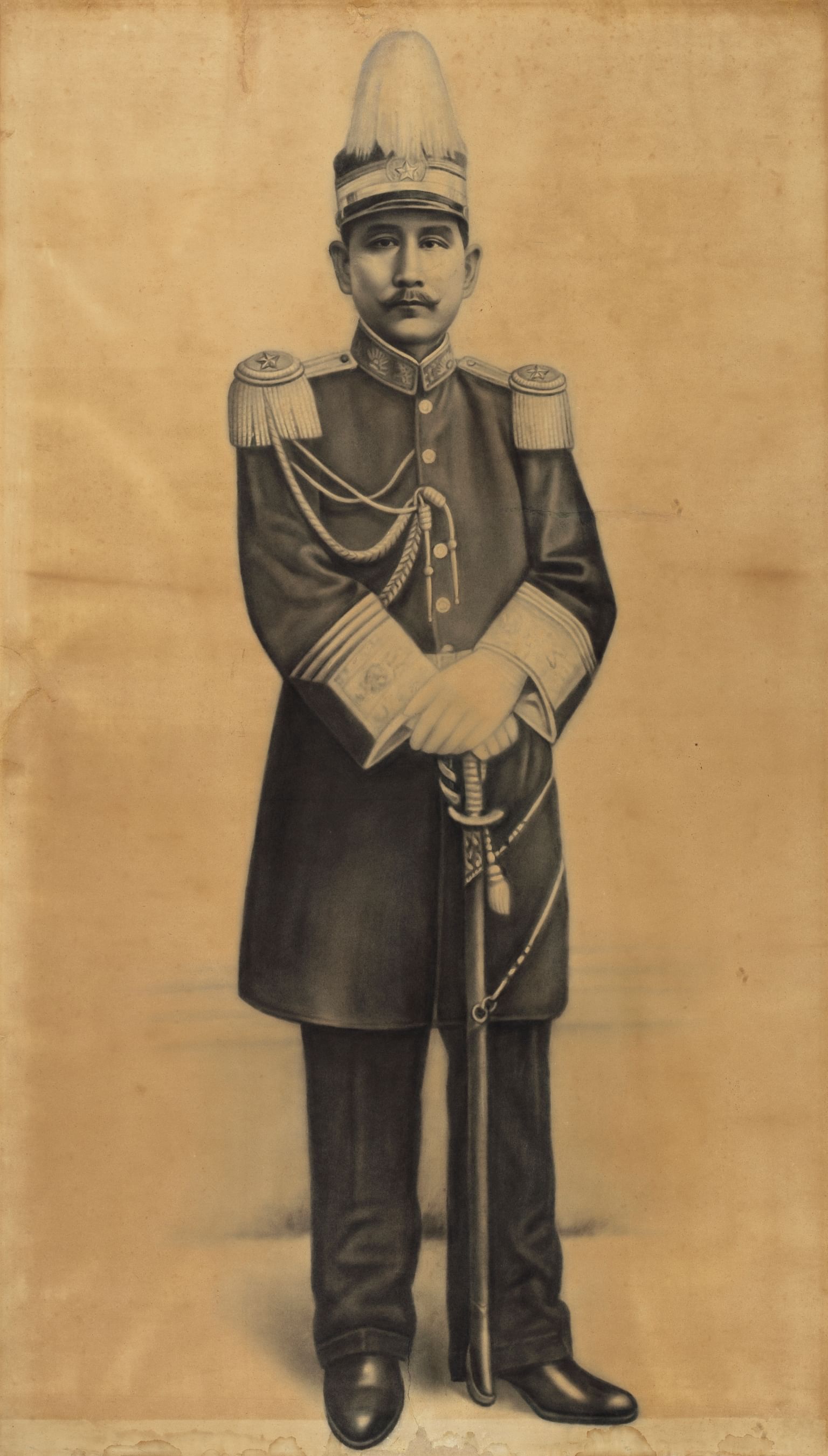
A portrait of Dr Sun in military attire, the likes of which were hung in clan associations and shops in early 20th century Singapore and Malaya.
Singapore Chinese were among the first Chinese communities globally to proclaim Dr Sun as "guo fu", or father of the Chinese nation.
A photograph dated 1947 near the portrait in the museum shows a group of clan leaders taking their oaths in front of the portrait of the founding president of the Republic of China.
This loyalty towards China would not wane until the post-World War II period, after the communists took power in 1949.
Marking double tenth day in Singapore
A 1927 portrait of two Chinese men taken on the 16th anniversary of Double Tenth Day - Oct 10, 1911, when the Chinese revolution started.
Chinese photography studios in Singapore often gave discounts on Double Tenth Day to celebrate the founding of the Republic of China, and Singapore Chinese joined in the celebrations.
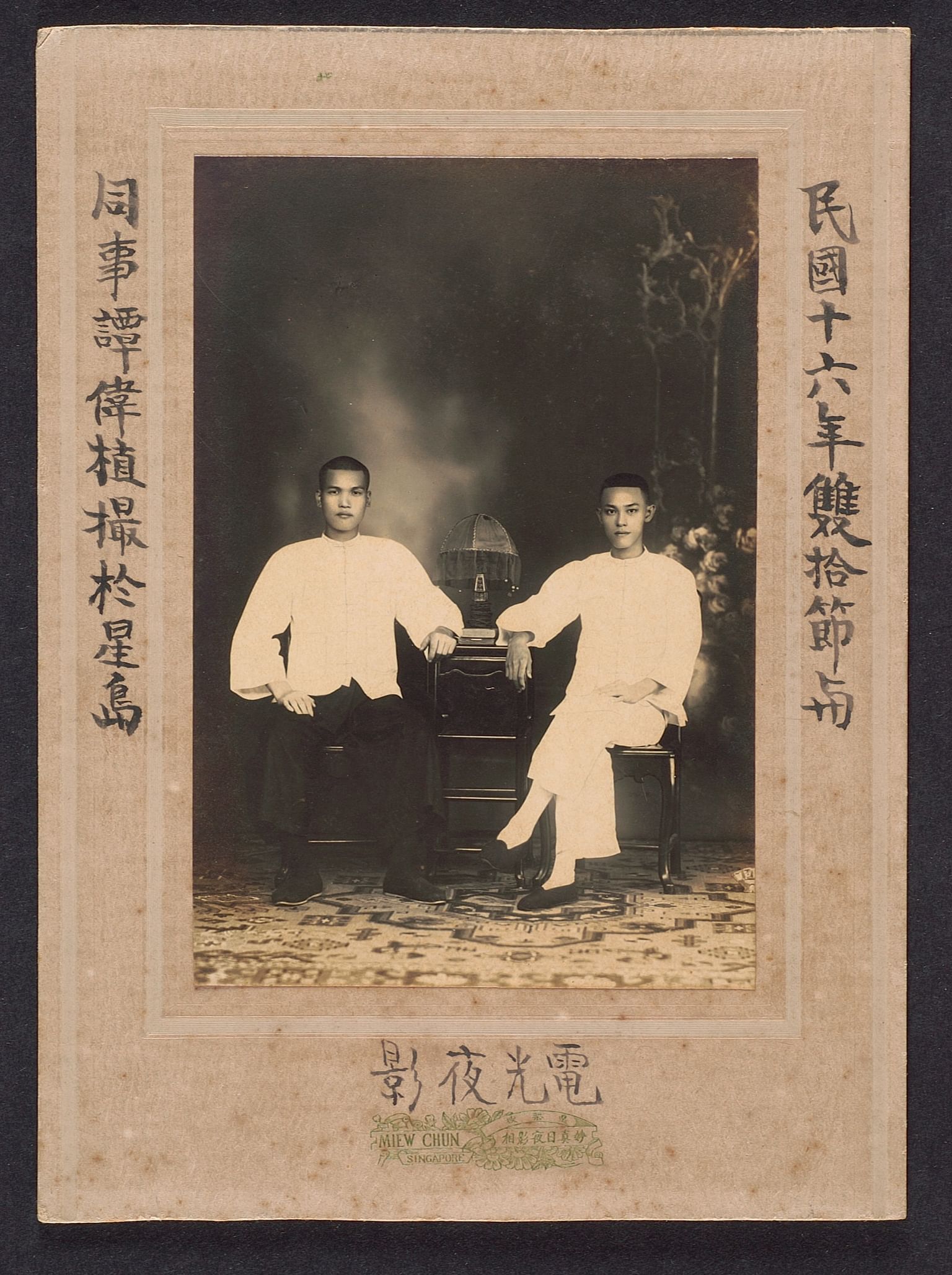
The dating system indicated in the calligraphy in the margins shows how the Chinese marked a new epoch as a republic, with 1911 as year zero in its radical break from its years under monarchical rule.
